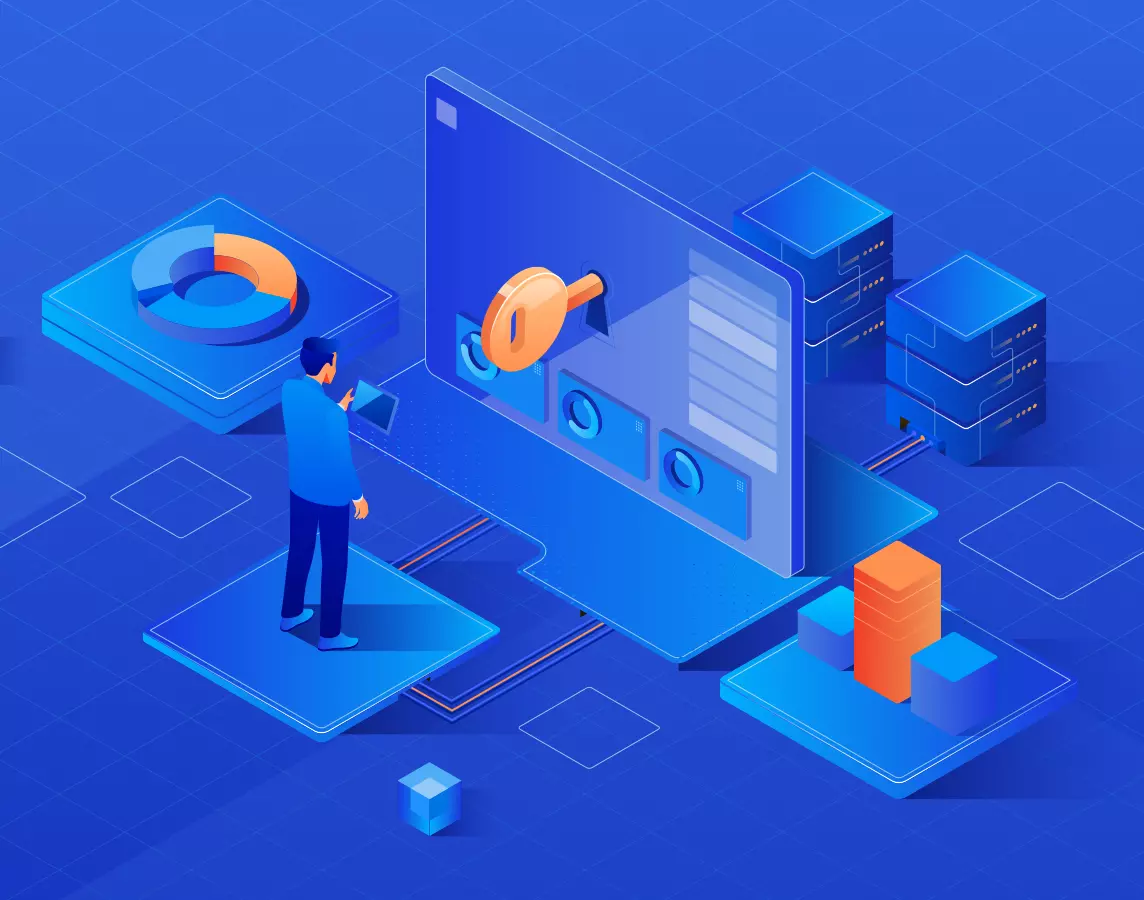SSO

In today’s fast-paced digital world, managing multiple passwords for different applications can be a nightmare—for both users and IT administrators. That’s where SSO comes ito play. SSO is a user authentication process that allows individuals to access multiple applications or systems with just one set of login credentials. By reducing the number of logins required, SSO enhances user convenience and improves security.
What is Single Sign-On (SSO)?
Single Sign-On is a centralized authentication method that allows a user to log in once and gain access to multiple related but independent software systems. The concept is simple: instead of remembering and entering different usernames and passwords for each service, the user logs in once, and the SSO system manages authentication for all other connected services.
For example, a company using Google Workspace might enable SSO ID, allowing employees to access Gmail, Google Drive, Google Meet, and even third-party apps like Slack or Salesforce with a single login.
How Does SSO Work?
SSO works using authentication tokens. When a user logs in through the SSO platform, it generates a token that confirms their identity. This token is then passed between applications, confirming that the user has been authenticated.
Here’s a simplified flow:
- User logs into the SSO platform.
- The platform authenticates the credentials with an Identity Provider (IdP).
- Once authenticated, a session token is created.
- When the user tries to access another application, the token is shared, granting access without a new login.
Common SSO protocols include SAML (Security Assertion Markup Language), OAuth, and OpenID Connect.
Benefits of SSO
- Enhanced User Experience: Users don’t need to remember multiple passwords. One login gives access to multiple tools.
- Increased Productivity: Saves time by reducing the number of logins per day, especially in enterprise environments.
- Improved Security: Fewer credentials reduce the risk of password-related attacks. Stronger, centralized security policies can also be applied.
- Reduced IT Costs: Minimizes the need for password resets, which are a common cause of IT support tickets.
- Centralized Access Control: Makes it easier for administrators to manage user permissions and revoke access when necessary.
Challenges and Considerations
While SSO offers many benefits, it’s not without its challenges:
- Single Point of Failure: If the SSO system goes down, users may lose access to all connected apps.
- Initial Setup Complexity: Integrating SSO with multiple systems and protocols requires planning and technical expertise.
- Security Risks: If a user’s SSO credentials are compromised, all linked systems may be at risk. That’s why SSO should be paired with multi-factor authentication (MFA).
Conclusion
SSO Id Login is a powerful solution for organizations seeking to simplify user access and improve security across applications. It’s especially valuable in enterprise environments where employees rely on multiple digital tools daily. When implemented correctly, SSO can streamline operations, reduce IT workload, and significantly enhance the user experience. However, like any technology, it must be deployed thoughtfully and secured properly to maximize its effectiveness.
![HITV APP Download [Apk] Latest Version [Unlimited Movies]](https://hitvofficial.com/wp-content/uploads/2024/06/cropped-HiTV-Official-3.png)